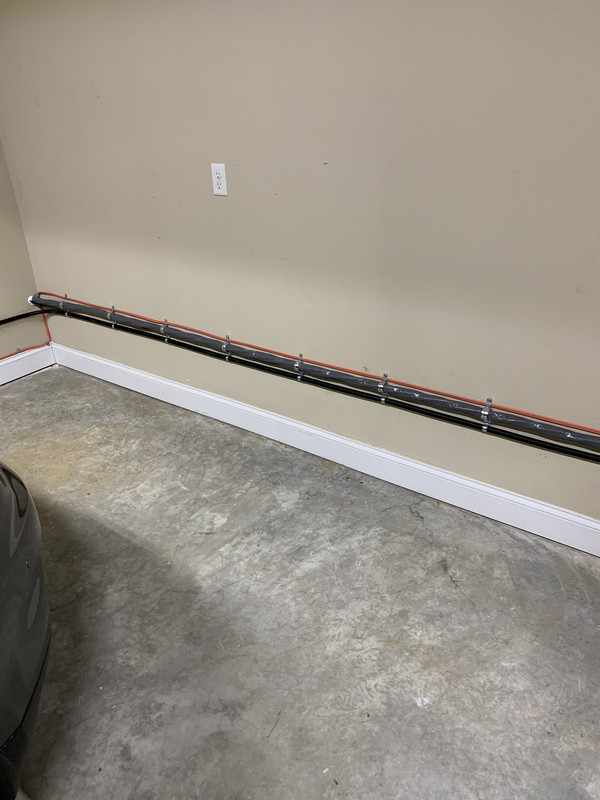Hello, I just had a generac generator installed and I had my 200 amp service wire moved also as my underground conduit was leaking into the panel box. That is now sealed and the electrician pulled a new wire from the transfer box through my garage and into the basement where the panel is. He then mounted this wire on the finished drywall in the garage. It’s about 1.5 feet off the ground. I am concerned about the safety of this. I also feel it may not pass inspection. Am I correct and is this legal/safe.




